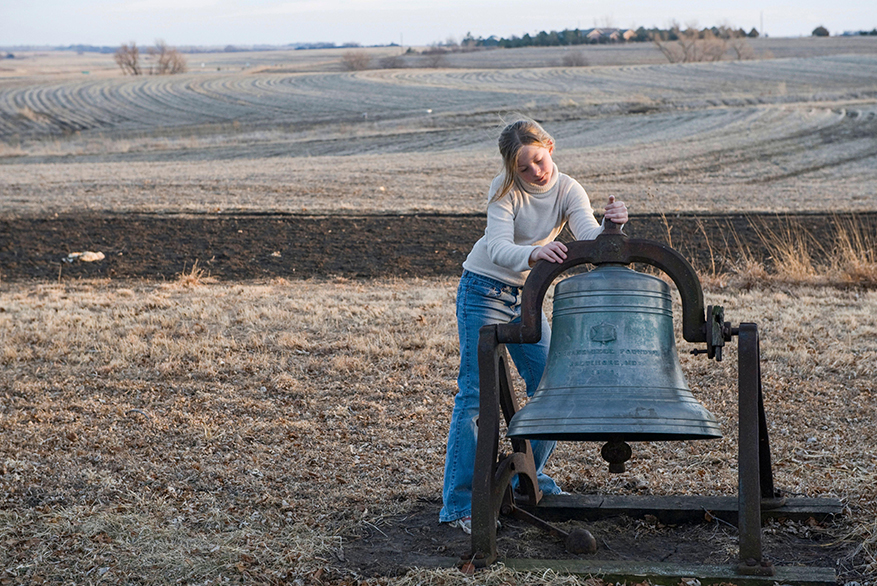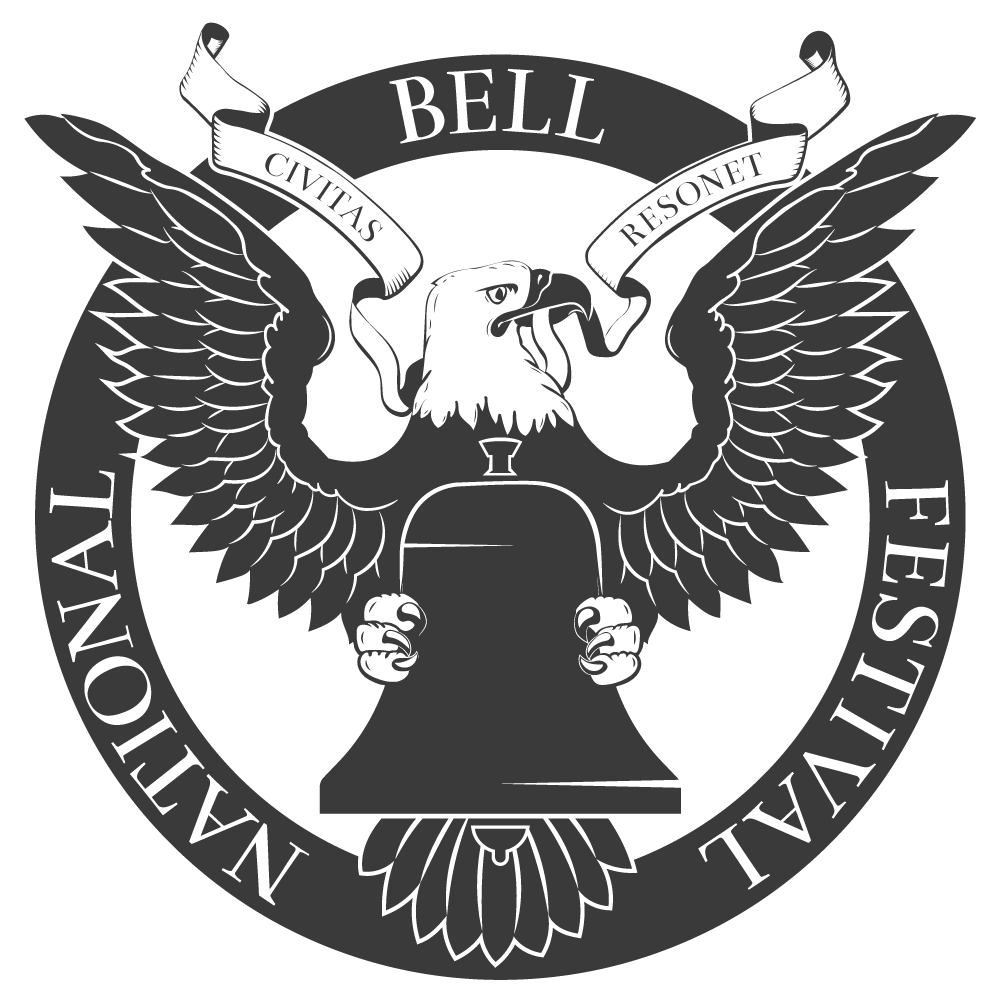For Whom the Bell Tolls
The U.S. Bell Command coordinates bell ringing at moments of national significance.

Image: President John F. Kennedy touches the Liberty Bell at Independence
Hall in Philadelphia, Pennsylvania, on July 4, 1962.
PROTOCOLS & GUIDANCE
Make it ring from sea to shining sea.

Bell Ringing Protocols

Let's create a richer, more stately, and more inclusive soundscape over America.
Moments of national celebration or mourning are most often introduced by the echoing thunder of bells, with the effect magnified when ringers come together in unison under clear direction and shared purpose. This is the purview of the U.S. Bell Command, which maintains, updates, and publishes bell ringing protocols for moments of national significance.
These protocols are not intended to restrict or replace bell ringing anywhere, but have been collected to provide helpful guidance so that bell ringers may be informed and prepared to ring alongside their fellow Americans, no matter the occasion. Have a local bell ringing tradition? Share it with us! We’d love to hear how you and your community make it ring.
Section image: A girl rings a bronze bell on farmland in the village of Cortland, Nebraska, on Feb. 23, 2008.

Setting the Standards
The U.S. Bell Command is the custodian and publisher of bell ringing guidance as set forth at the Synod on State Ceremonial and Campanological Protocol in the United States. This is an active and evolving project, with research, updates, and maintenance on proposed bell ringing protocols ongoing. The most up-to-date guidance is curated below.
Section image: Dr. BJ Douglass and Frederick Douglass IV next to the 1863 Fulton bell on the steps of the Lincoln Memorial in Washington, D.C., during the National Bell Festival on Jan. 1, 2023.



















